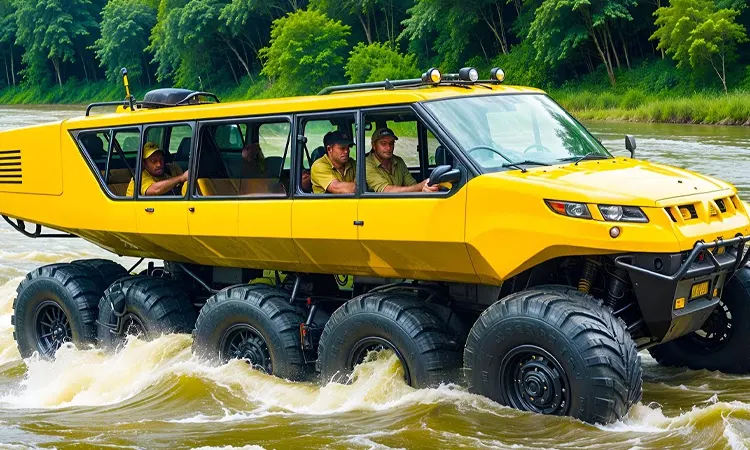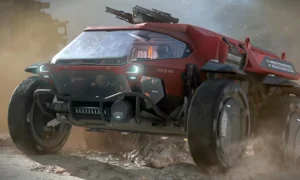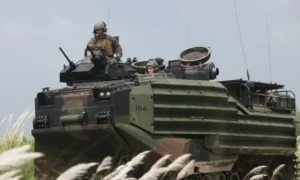Picture this: a war zone where the land’s a mess and the water is not exactly inviting either. Rivers, beaches, marshes doesn’t matter. Amphibious vehicles just plow right through. These things aren not just hunks of metal; they’re like the Swiss Army knives of the battlefield. Wheels, tracks, whatever it is all fair game. They’ll bridge a river, crash onto a beach, and haul troops into places regular trucks wouldn’t even dare.
Think back to the wild DD tanks rolling into Normandy, or the modern monsters cruising along riverbanks and making everyone nervous. Amphibians straight up flipped the script on how wars get fought. Fast, tough, and armed to the teeth basically, the military’s version of a superhero. And let’s be real, every dent and scratch tells a story. Some of these rides have seen action that’d make your hair stand on end bold raids, insane landings, close calls. That kind of history gets baked right into their bolts.
So here’s the plan: we’re about to wade into the nitty gritty how these machines came to be, what makes ‘em tick, and the craziest missions they’ve pulled off. We’ll dig into why they matter, why they’re still a big deal from WW2 all the way to the 21st century, and yeah, why collectors go nuts over the rare stuff tied to them.
History nerd? Gearhead? Just love cool old machines? Doesn’t matter strap in. We are charging straight into the muddy, steel-clad world where water and armor go head to head, and legends get built out of guts, grease, and pure adrenaline.
WWII Military Vehicles On Miltrade.com
History of Amphibious Vehicles
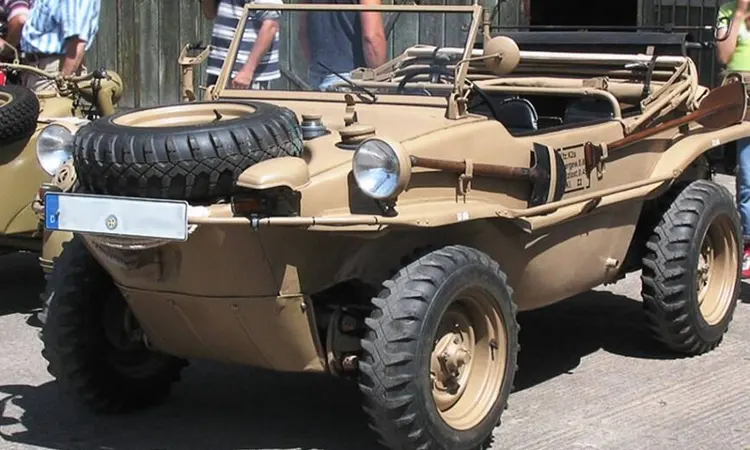
Nobody just woke up one morning and said, “Hey, let’s make a truck that swims.” Nope. The whole amphibious vehicle thing? Total product of chaos and desperation. WWII rolls around, and suddenly everyone’s realizing oh crap, our tanks and trucks can’t cross rivers or mud without sinking like a rock. So, engineers got busy because, honestly, what choice did they have? If you wanted to get anywhere especially if “anywhere” was behind enemy lines, across a swamp, or up a beach you needed wheels that could float.
“Famous Amphibious Vehicles: Roles, Features, and Collector Value”
| Vehicle | Role | Key Features | Collector Appeal |
|---|---|---|---|
| DD Sherman Tank | Beach assaults (Normandy) | Inflatable floats, Duplex Drive system | Extremely rare; D Day relics highly prized |
| DUKW “Duck” | Troop & supply transport | 6 wheeled truck, ship to shore logistics | Iconic WWII vehicle, parts & memorabilia often on Miltrade |
| LVT (Landing Vehicle Tracked) | Beach landings, Pacific operations | Tracked, armored, fire support | Battle proven models; Pacific Theater gear highly sought |
| AAVP7 | Modern amphibious assaults | Advanced fire control, troop carrier | Cold War & Gulf War era items valued by collectors |
WWII: Amphibious Vehicles Crash the Party
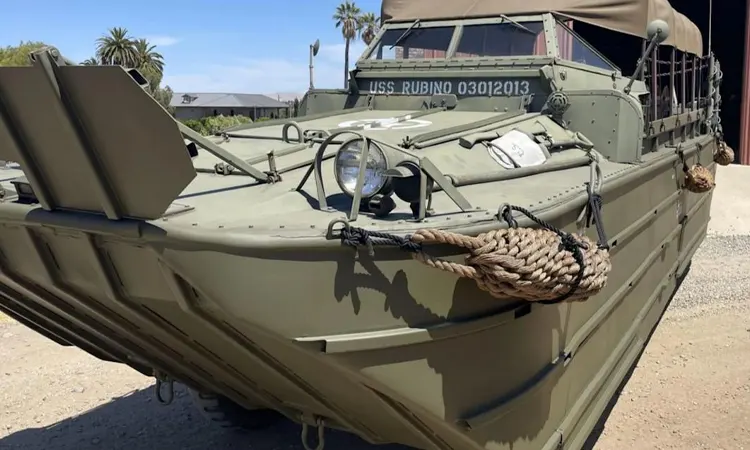
DD Tanks (“Duplex Drive”): Picture a regular Sherman tank, but someone slapped on some inflatable water wings. It was as weird as it sounds, but these things literally floated into Normandy on D Day. Wild.
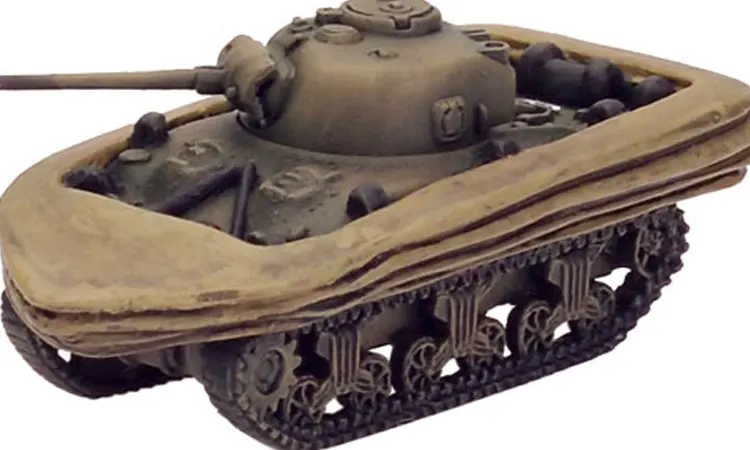
DUKW “Duck”: Not actually a duck, but a six wheeled truck that could haul troops and gear straight from ship to sand. The U.S. Army and Marines loved ‘em, and for good reason nothing else got the job done.
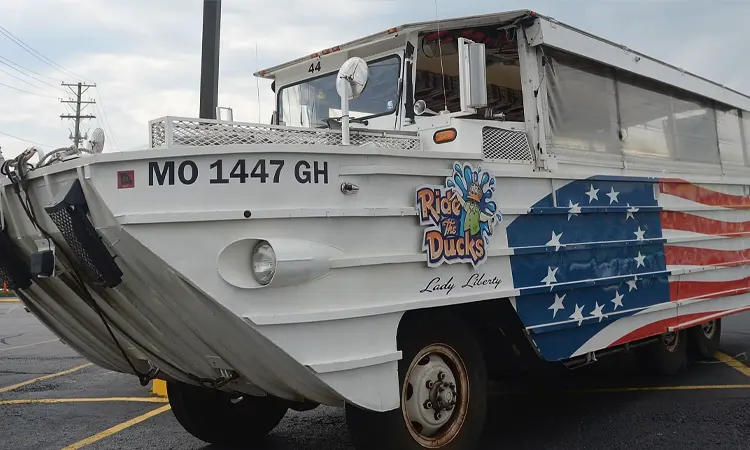
Landing Vehicle Tracked (LVT): The Marines’ go to ride for storming beaches in the Pacific. Think Iwo Jima, Okinawa these bad boys made it possible.
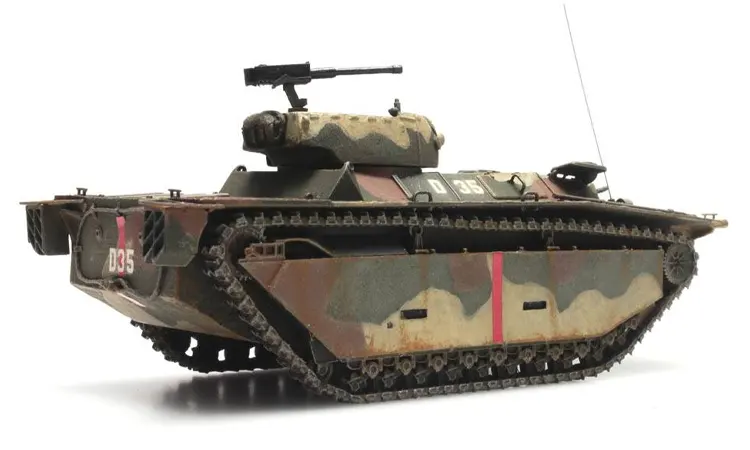
Honestly, without these weird, floating contraptions, half those famous WWII island landings would’ve been straight up impossible. Commanders finally had tricks up their sleeves\ attack from the water, from the land, wherever. Caught the other guys totally off guard.
Military Vehicles On Miltrade.com
Post War: Amphibious Rides Get an Upgrade
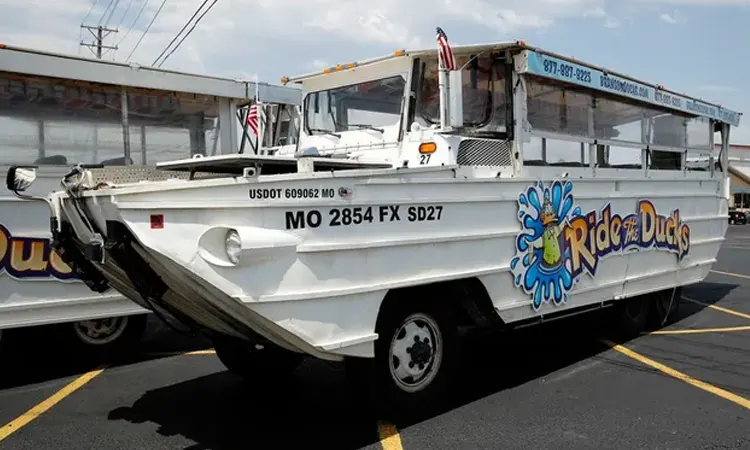
War ends, but the amphibious obsession? That just gets deeper. Suddenly it’s all about making these vehicles tougher, meaner, and faster:
- Armor gets beefed up. No more sinking at the first sign of enemy fire.
- Propulsion systems? Way better. Now they don’t just bob around they actually move.
- They start making special versions for scouting, troop hauling, even armored assaults.
And here is the kicker: armies all over the world still use ‘em. Seventy plus years later, they are still rolling (and floating) into action. Turns out, if you want to surprise your enemy, nothing beats a tank that swims.
Design & Features, How Amphibious Vehicles Work
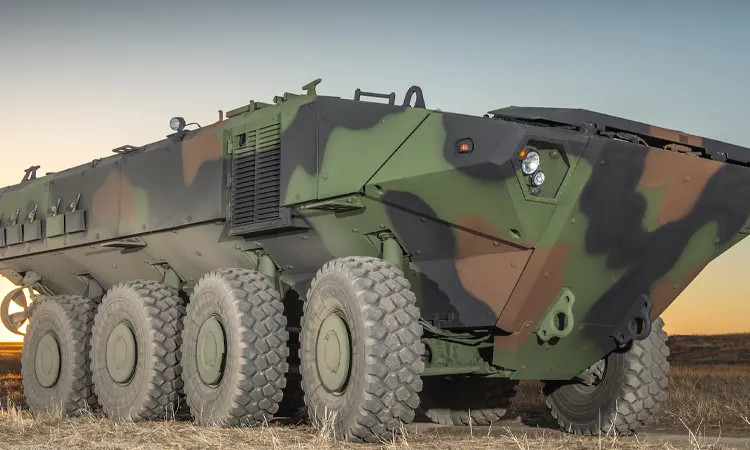
Amphibious vehicles are engineering wonders, designed to operate in situations that would get standard military vehicles stuck. From river crossing to beach storming under fire, these vehicles have a unique set of characteristics that make them both versatile and battle-worthy.
Military Jeeps On Miltrade.com
Dual Terrain Capabilities
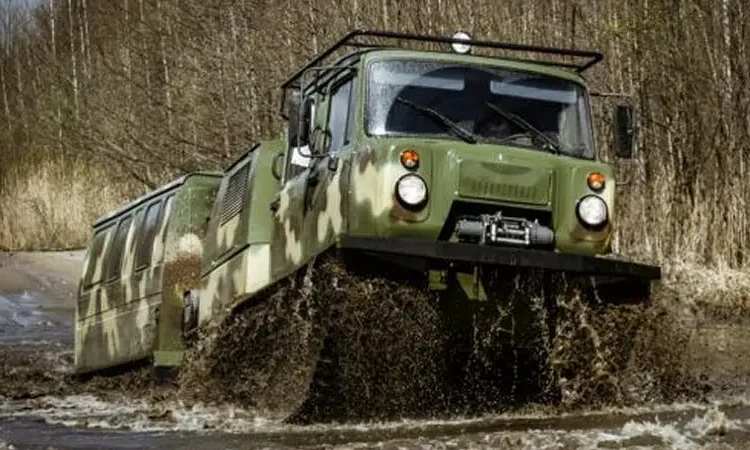
The prime requirement of an amphibious vehicle is to be able to operate in water and on land. Here is how they do it:
Water Propulsion: Amphibious vehicles are equipped with special water propulsion systems, i.e., water jets or paddles, that allow them to move efficiently in rivers, lakes, or oceans. These systems allow vehicles to transition from land to water smoothly without stopping or offloading.
Wheeled vs. Tracked Designs:
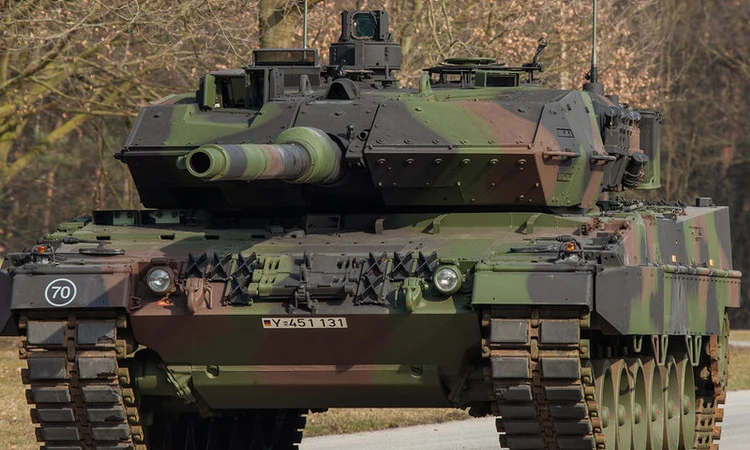
Wheeled amphibious rides think those old DUKW “Ducks” from World War II roll around just fine on pavement or a lazy riverbank. No sweat. But if you’re dealing with thick mud or, like, actually trying to cross something deeper than a puddle, you want those chunky tracked beasts (hello, LVT or AAVP7). Tracks just chew through muck and don’t care if you’re in a swamp or halfway to Atlantis. Wheels are for the easy life; tracks are for the wild stuff.
Armor and Protection
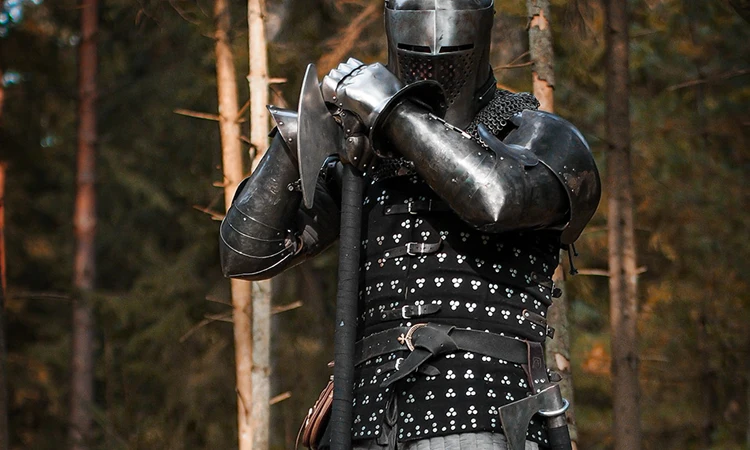
Look, if you’re cruising into enemy land in an amphibious ride, you’re practically asking for someone to take potshots at you. So, yeah, these things are usually wrapped up in some seriously tough armor. Not just any metal slabs, either think stuff that laughs at bullets, shrugs off shrapnel, and sometimes even stands up to full on explosions. The real trick? Making sure all that protection doesn’t turn your ride into a slow moving bathtub. Nobody wants to be a sitting duck.
Most of these vehicles go for armor that’s light but still tough like, they want the best of both worlds. Fast enough to make a getaway, but sturdy enough that you’re not Swiss cheese by the end. Oh, and about the whole amphibious bit: waterproofing is non negotiable. These things have seals everywhere, keeping the insides bone dry even if the outside’s getting slapped around by waves. Basically, the engineers were like, “Let’s make sure this thing floats and keeps floating no matter what chaos is going down.”
Firepower
Although primarily employed for transportation, the majority of amphibious vehicles are also equipped with heavy firepower to provide fire support during land and water operations.
Machine Guns & Cannons: These vehicles, based on the vehicle, may be equipped with machine guns, cannon turrets, or even anti tank missiles.
Advanced Targeting Systems: Newer models of amphibious vehicles like the AAVP7 have sophisticated targeting systems for artillery and missile launching with accuracy when taking part in coastal or beach assault missions.
Military Tanks On Miltrade.com
Versatility in Combat
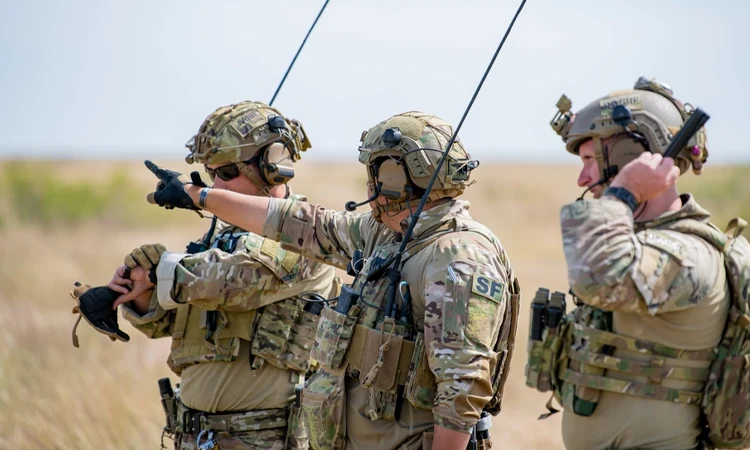
Amphibious vehicles are designed to be versatile:
Troop Transport: The safe transportation of troops from ship to shore during amphibious assaults.
Combat Support: The provision of direct fire support to ground forces.
Reconnaissance & Surveillance: A number of modern variants have reconnaissance capabilities built into them, with added surveillance equipment and night vision for extended operational capability.
Famous Amphibious Vehicles in Action
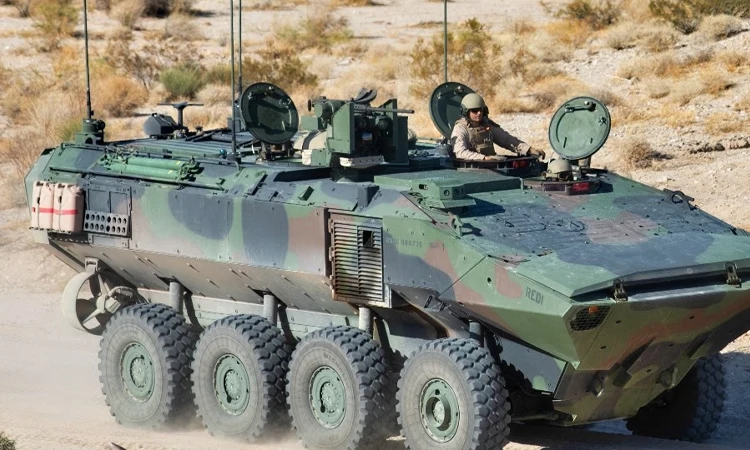
Amphibious vehicles were not only convenient; they were a game changer during the most pivotal battles of World War II. It was convenient to drive across water, land, and engage in combat under fire, making them the backbone for assault missions, beach invasions, and naval attacks.
D Day: The Dawn of Amphibious Warfare
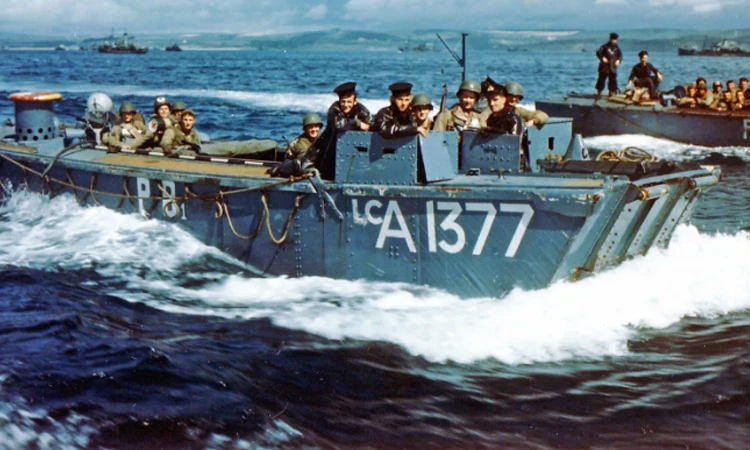
Perhaps the most infamous use of amphi vehicles during WWII was on June 6, 1944, D Day, during the Normandy Invasion. The Allies needed some way to get their soldiers onto the beach and into France as quickly as possible without having to face the German defenses along the coast.
Landing Vehicle Tracked (LVT): The LVT 4 was widely used on D Day to transport troops from the landing craft to the beach, through enemy artillery fire, machine gun fire, and mines.
DUKW “Duck”: This six wheeled amphibious truck was used for transporting troops, equipment, and ammunition from ship to shore by bypassing port facilities under heavy enemy fire.
These amphibious craft gave the first waves of troops rapid access to the beach, even across the stormy seas and defenses that lay ahead.
Pacific Island Hopping: Amphibious Warfare in the Pacific
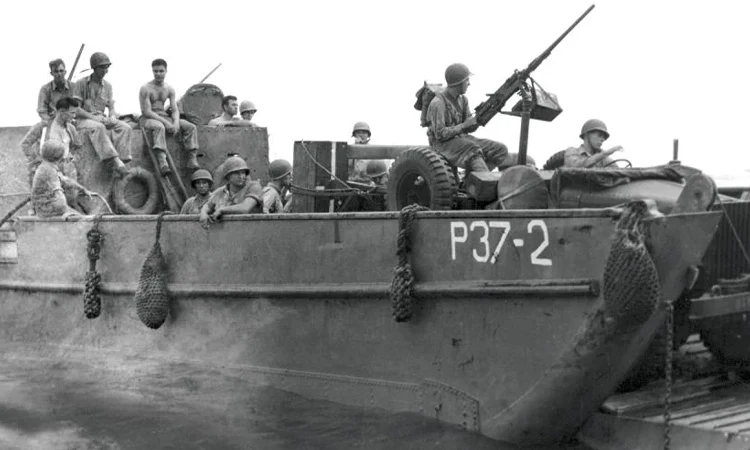
Pacific Theater was also a significant theater where amphibious vehicles were a necessity. Island hopping missions required speedy movement across shallow water and sandy shores, and vehicles like the LVT and DUKW were highly useful for this purpose.
Iwo Jima & Okinawa: American forces at Iwo Jima and Okinawa used amphibious vehicles to land troops and gear onto beaches under direct enemy fire from Japanese troops in fortified positions.
Heavy Fire Support: As they shelled the beaches, they also provided fire support, which allowed tank battalions to advance quickly and assault enemy positions.
North Africa & Italy: The Desert and the Beaches
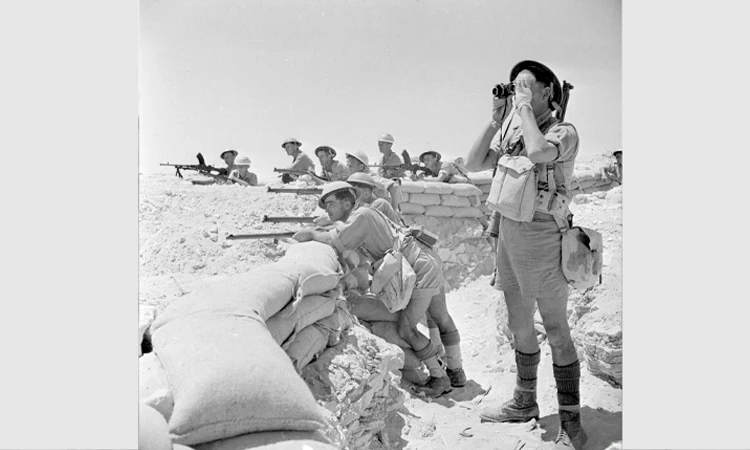
The North Africa Campaign saw the Allies fighting Axis troops in vast deserts and harsh coastal terrain. Amphibious transport like the LVT-2 and the DUKW was used to great effect in transporting troops and supplies in landings into Sicily and Italy, to break through enemy lines.
The Mediterranean and Italian Coastline
Amphibious operations were also used on the Mediterranean coast, particularly in the Salerno invasion in Italy. Amphibian vehicles were used to a large extent here by providing troops directly onto enemy-occupied beaches in spite of opposition from fortified German units.
The Legacy of Amphibious Vehicles

Man, if you’re into history or just really love cool old machines those amphibious vehicles from WWII are basically the holy grail. We’re talking D Day, Iwo Jima, all those insane beach landings… those rigs were the MVPs, no question. For collectors, it’s not just about owning some hunk of metal; it’s about holding a piece of guts, glory, and wild engineering that got thrown into the thick of it.
Stuff like original LVTs, DUKW gear, battered field packs, even those grainy black-and-whites from the front lines people go nuts for that. And honestly, can you blame ‘em? When you snag something from miltrade, whether it’s a weathered part or some rare memorabilia, you’re basically grabbing a chunk of history straight from Normandy’s sand or the Pacific’s muddy hell. Not your average collector’s shelf, that is for sure.
Conclusion
Amphibious vehicles? Oh man, those things are wild. They’re not just some relics from dusty old war documentaries they’re proof people will find a way to drive literally anywhere, swamp or sand be damned. Seriously, rolling your tank into the ocean and popping out on the other side? Legendary move. No wonder military buffs drool over them.
So, here is the deal: on miltrade, you can actually snag legit WWII amphibious gear. It is like holding a chunk of wild history in your own hands way cooler than just reading about it. Let’s be real, history doesn’t just sit in books. It lives on in the stuff we hang onto, polish up, and maybe brag about at parties.
FAQs
Were amphibious vehicles really that crucial WWII wise?
Seriously, without the “Ducks” and LVTs, half of the legendary landings like Normandy or Iwo Jima would have been impossible. They were a complete game changer.
What is the least frequent amphibious relic I’ve found on Miltrade?
I once saw a DUKW steering wheel with unit stamps still intact. That’s not just metal, that’s history to hold.
How much do contemporary amphibious vehicles vary from WWII ones?
Night and day. The WWII models were basically steel floatation experiments. The current models like the AAVP7 are tank vehicles that swim.
Do people collect parts of amphibious vehicles?
Yes. From rusty Sherman DD floatation gear to LVT field manuals, the collectors at Miltrade purchase these in bulk because they are associated with humongous battles.
Why is it significant to have amphibious vehicle memorabilia?
Because it’s something more than a relic. It is to hold in your hand a piece of Normandy sand or a Pacific shore. That is not collecting, that is preserving memory.
